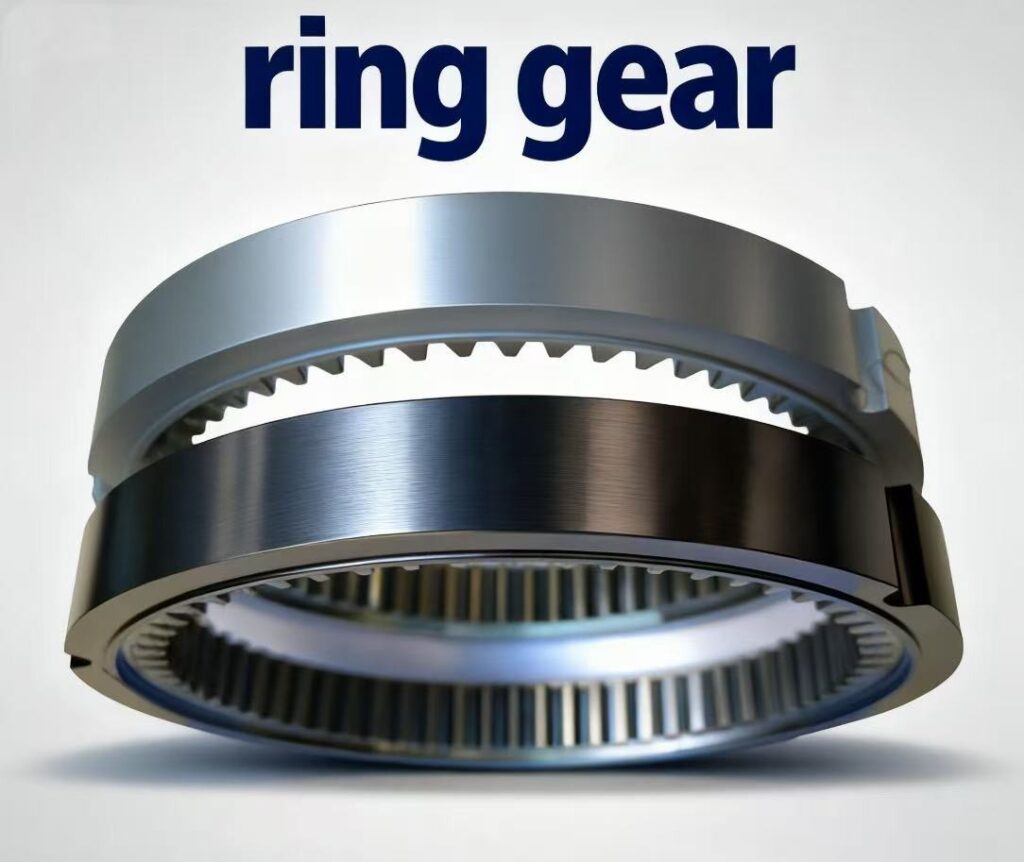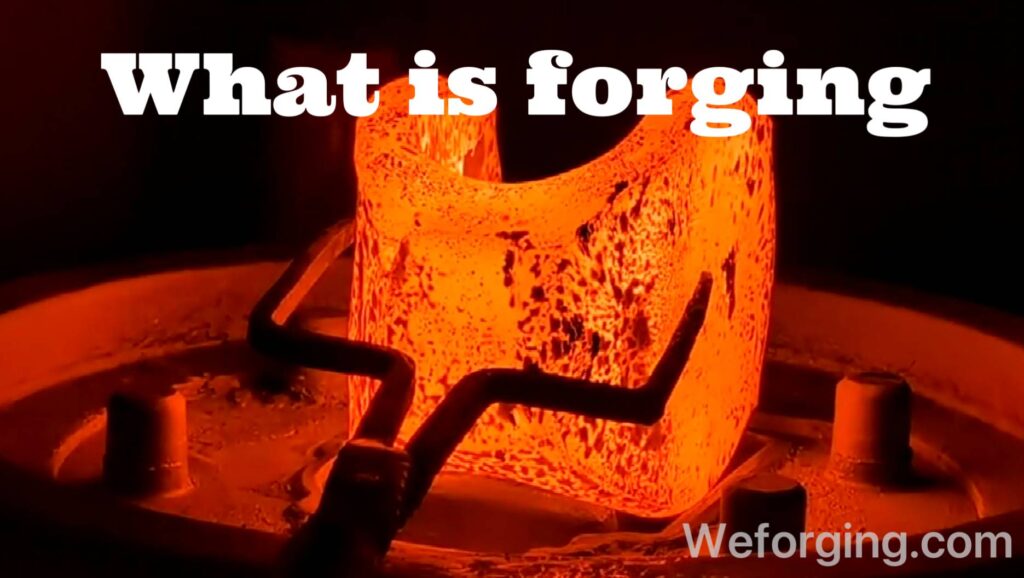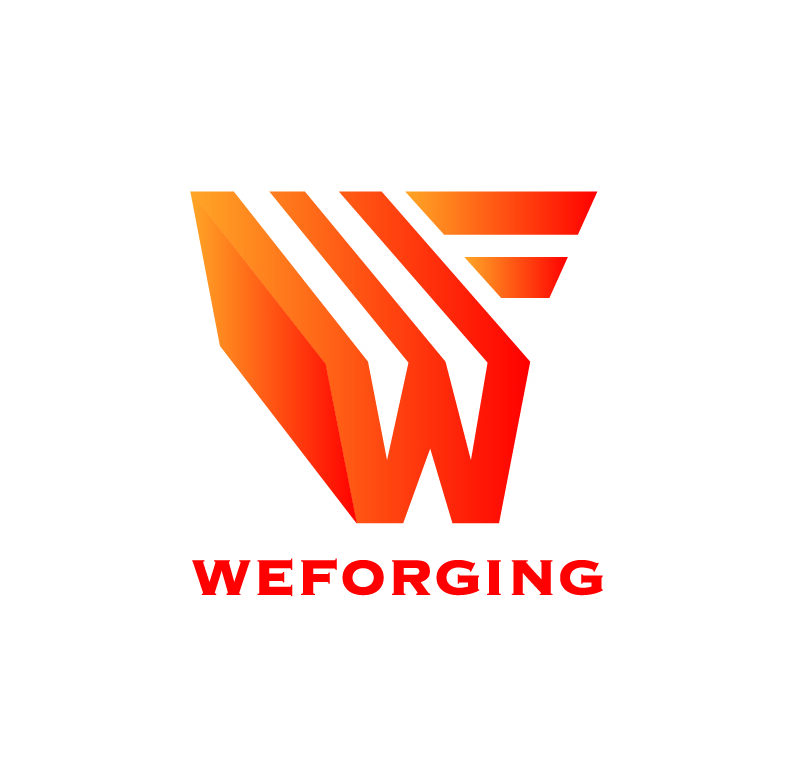Custom Forging: Precision Solutions for OEM Manufacturing
In precision manufacturing, custom forging ensures components achieve the right balance of strength, reliability, and dimensional accuracy. As an efficient metal forming process, forging compresses heated metal into dense and durable shapes, improving grain structure and reducing internal defects.
This article explains the fundamentals of custom forging, how custom forged parts are produced, and their key advantages in industrial applications. It also highlights typical forging materials and OEM forging solutions used across automotive, energy, and heavy equipment sectors.

What Is Custom Forging?
Custom forging refers to a tailored metal forming process that produces parts according to specific engineering requirements. Unlike standard production, custom metal forging focuses on material optimization, mechanical strength, and dimensional control.
The process starts with a heated billet shaped under pressure into near-net form. Depending on complexity, parts are often finished through CNC machining. Forging parts feature superior density and eliminate porosity common in casting, making them ideal for shafts, gears, and flanges.
Materials Used in Forging Processes
Selecting proper forging materials is crucial for achieving optimal strength and cost efficiency. Common choices include carbon steel, alloy steel, stainless steel, and aluminum.
– Steel Forgings: High tensile strength, ideal for automotive and heavy machinery.
– Aluminum Forgings: Lightweight with excellent corrosion resistance for aerospace and energy.
– Alloy Forgings: Enhanced wear and heat resistance for demanding environments.
At Weforging, custom steel forgings are designed based on load requirements, hardness, and dimensional tolerances, ensuring consistent quality and repeatability.
Advantages of Custom Forged Parts
Custom forged parts provide mechanical benefits that casting or welding cannot match. The forging process compresses and aligns grain flow, producing dense structures with excellent fatigue life.
Key benefits include:
– Superior Strength: Aligned grain improves load resistance.
– Durability: Higher impact toughness and fatigue performance.
– Dimensional Stability: Tight tolerances after machining.
– Material Efficiency: Up to 90% utilization reduces waste.
When combined with CNC machining, forging solutions achieve both mechanical strength and precision — essential for OEM assemblies requiring long-term reliability.

Custom Forging Capabilities
At Weforging, our custom forging capabilities cover a wide range of materials, shapes, and production scales. Using advanced forming equipment and process control, we manufacture precision components that meet international standards for strength, consistency, and reliability.
Our main forging processes include:
- Closed Die Forging: Ideal for medium and small parts with complex geometries, ensuring dimensional accuracy and consistent mechanical properties.
- Open Die Forging: Used for large shafts, flanges, and rings that require superior internal strength and grain flow.
- Ring Rolling: Specialized in producing seamless forged rings for bearings, gears, and wind turbine hubs.
- Precision Hot Forging: Combines high-temperature forming with controlled deformation to achieve near-net shapes and reduced machining time.
- Integrated Heat Treatment: Each forged blank is heat-treated to optimize hardness, strength, and toughness before CNC finishing.
With capacities ranging from 0.05 kg to 150 kg, Weforging supports both prototype and mass production orders. Our in-house CNC and inspection systems ensure every custom forged part meets OEM specifications and international standards such as ISO and AGMA.
OEM Forging Solutions Across Industries
OEM forging solutions are vital in industries that demand durability and accuracy.
– Automotive: Forged gears, connecting rods, and shafts deliver consistent torque transfer.
– Wind Energy: Forged flanges and bearing rings ensure long-term stability.
– Heavy Machinery: Shafts, couplings, and rollers withstand extreme load.
– Aerospace: Lightweight aluminum forgings combine strength and efficiency.
These forging solutions help manufacturers reduce maintenance costs and extend equipment life, especially in high-stress environments.
Why Choose Weforging as Your Forging Partner
With decades of expertise in custom forging, Weforging integrates forging, CNC machining, heat treatment, and quality inspection in one facility.Certified under ISO 9001:2015, our production ensures full traceability and stable quality for global OEM clients.From prototype to large-scale production, we deliver OEM forging solutions that reduce lead times and improve reliability across automotive, energy, and machinery sectors.
Conclusion
Custom forging remains one of the most efficient ways to produce strong, precise, and cost-effective components.By combining material expertise and process control, manufacturers can achieve superior performance and longer service life.
If your project demands components built for strength and precision, Weforging is your trusted partner for global forging parts and solutions.
Contact our team today to discuss your next forging project.
F.A.Q.
In open die forging, metal is deformed freely between flat dies, making it suitable for large parts such as shafts or rings. Closed die forging uses enclosed molds to form precise shapes, ideal for high-volume production of smaller components. The choice depends on part geometry, required accuracy, and production cost.
Forging forms metal through compression, aligning the grain structure for higher strength and impact resistance. Machining removes material to achieve exact dimensions and surface finish. Forged components provide better fatigue life and load capacity, while machined parts offer superior precision. Many manufacturers combine both to produce custom forged parts with CNC accuracy.
Yes. Weforging provides custom forged parts with client-specific brand logos or identification marks upon request. Logos can be integrated directly during the forging process or applied after CNC machining to maintain precision and durability. This not only enhances traceability and product recognition but also helps OEM clients strengthen their own brand identity in the global market.


